On January 04, 1921 in Celtic History
Martial law is extended to counties clare, kilkenny, waterford and wexford
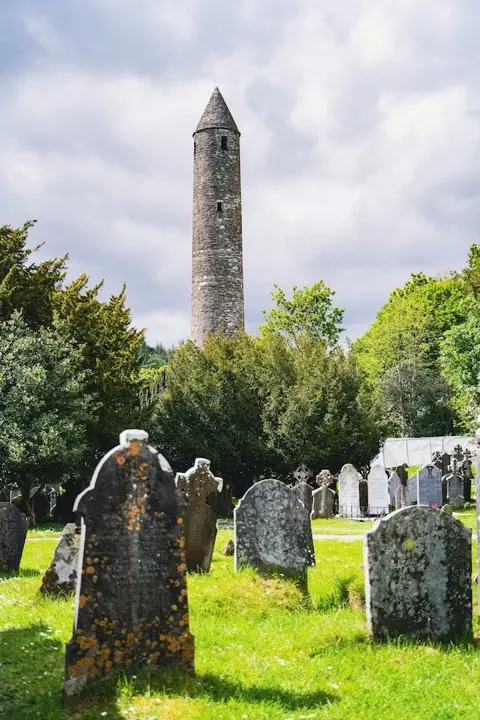
The extension of martial law to counties Clare, Kilkenny, Waterford, and Wexford refers to a historical event that occurred during a turbulent period in Irish history. This extension of martial law took place in the 1790s, which was a time of political unrest and agitation in Ireland, often associated with the United Irishmen movement and other revolutionary activities.
Martial law is a legal and military framework that allows the military to take control of civil government and law enforcement during times of emergency or perceived threats to public order. The extension of martial law to these counties indicated the British government’s response to what it considered as subversive activities and the need to maintain control.
Key points about the extension of martial law:
-
United Irishmen: The United Irishmen, a republican and revolutionary organization, were active in these counties during this period. They advocated for political reform, independence from British rule, and greater rights for the Irish people.
-
Suppression of Rebellion: The British government, concerned about the rising tide of radicalism and unrest, extended martial law to these counties to suppress potential rebellions or uprisings. Martial law allowed for more stringent control and military intervention in these regions.
-
Repression: The extension of martial law involved a heavy-handed approach to quelling dissent, including the use of military force, arrests, and trials of suspected rebels.
-
Impact: The extension of martial law marked a significant and repressive response by the British authorities to perceived threats to their control in Ireland. It reflected the wider tensions and conflicts in Irish society during this period.
-
Repercussions: The extension of martial law and the government’s repressive measures ultimately contributed to a hardening of Irish nationalist sentiments and fueled the drive for Irish independence in the years that followed.
The extension of martial law in these Irish counties was a part of the broader context of political unrest and struggle for independence in late 18th-century Ireland, leading to further developments and conflicts in Irish history.
Related Content

Shane Patrick Lysaght MacGowan, lead singer of the Pogues, died
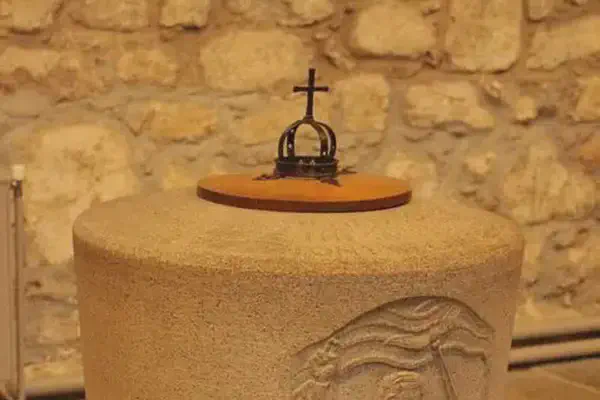
St Machar Day, patron saint of Aberdeen

Oíche Shamhna - Cetlic New Year Eve (Halloween)
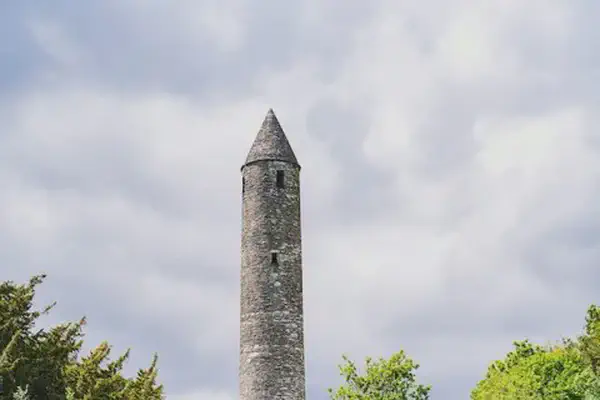
ALBAN ELFED (Welsh Bardic name for autumn equinox)
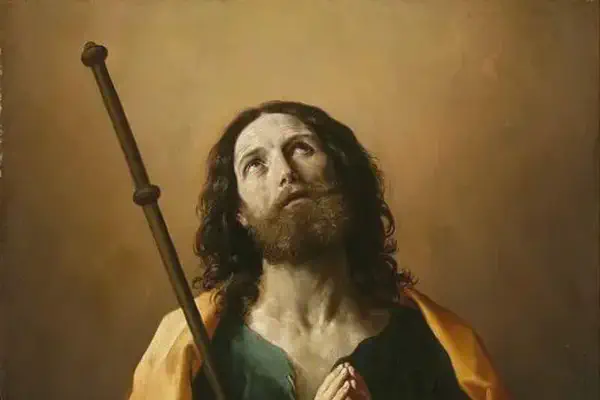
Feast day of St. James
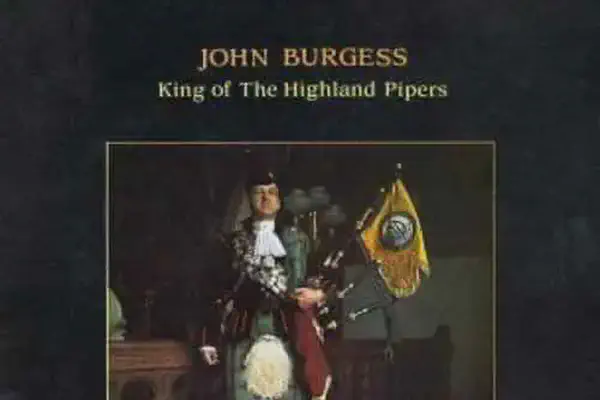
John Davie Burgess, King of the Highland Pipers, died at age 71.